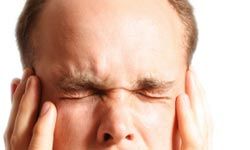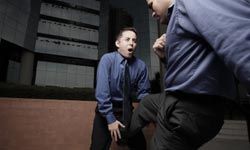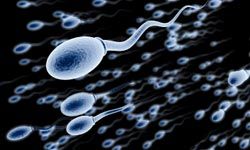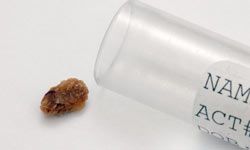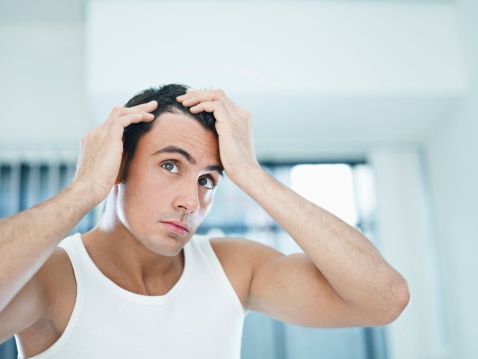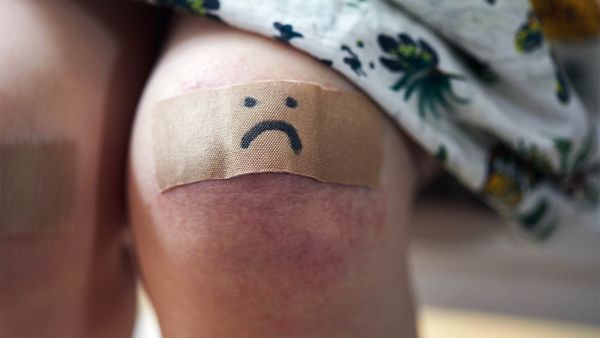If you're like most men, you'd rather ignore thepainthan go to the doctor and figure out why you're falling apart. That goes double when it comes to pain "down there." Most men experience testicular pain from just thinking about it, but many have experienced the real thing -- from a cyst to varicose veins in your scrotum that make it feel like a bag of worms.
As much as you might want to avoid a visit to a doctor's office, testicular pain isn't something you can disregard. There are a number of reasons why the egg-shaped sex glands in yourscrotummay be hurting, and none of them are good. In many cases, trying to pretend the pain away could mean worsening your problem -- even to the point of needing surgery or getting your testicles removed. So sit up and take notice -- and click to the next page for a very common cause of the suffering.
Advertisement

